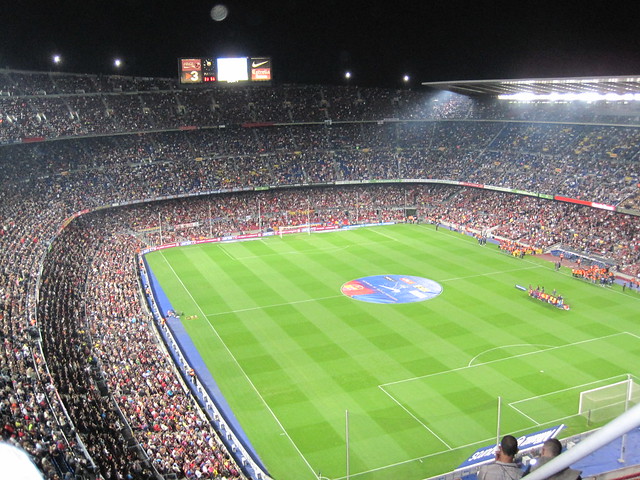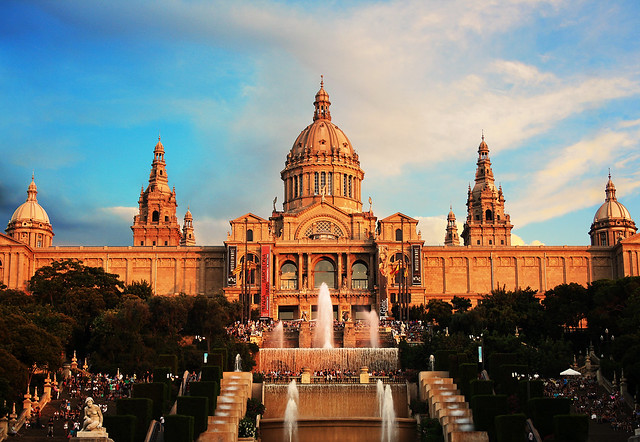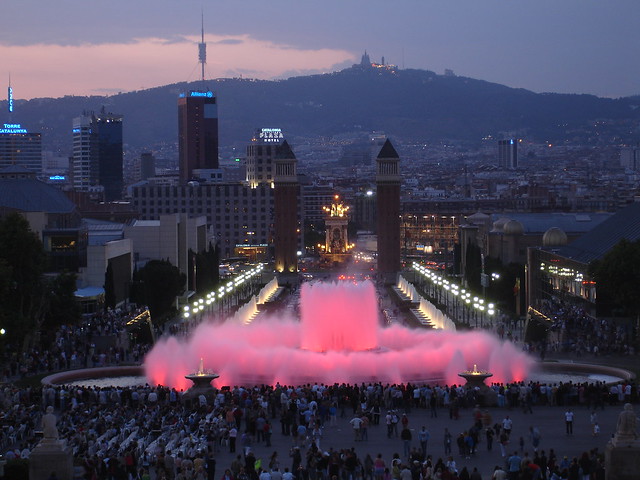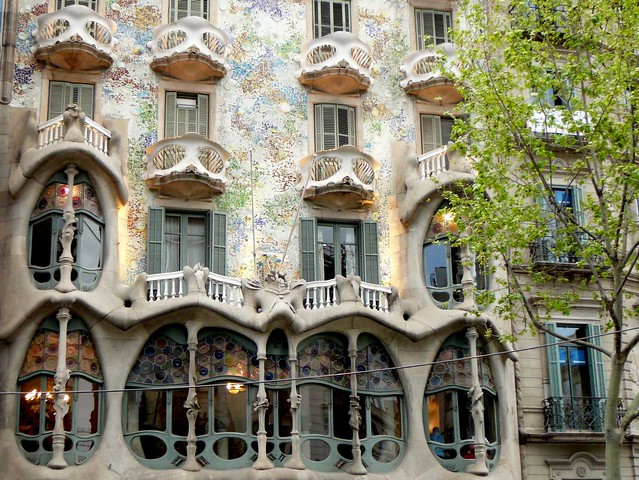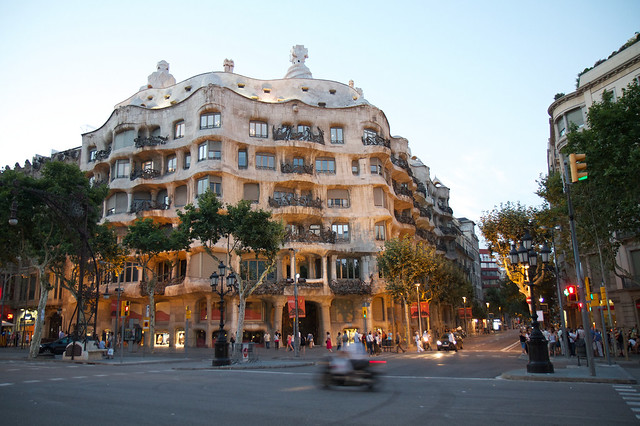 Shared from: www.journeybeyondtravel.com
Shared from: www.journeybeyondtravel.comVisitors to Morocco can find a cool, relaxing reprieve from the bustle of travel in the friendly mountain town of Chefchaouen (often abbreviated as “Chaouen”).
Located just a few hours by bus from Tangier and far enough off the beaten track to dissuade many tourists, Chefchaouen is quiet enough for those visitors overwhelmed by the busy medinas of Fez and Marrakech, and has just enough of what is quintessentially Moroccan to be of interest to other travelers looking for something a bit more authentic.
Whether you spend a couple of days wandering the clean medina streets, enjoying a hike through the Rif Mountains, or just want to relax with a book and a fresh mint tea, like most visitors to Chefchaouen, you will walk away having experienced something magical.
Map of Chefchaouen Medina
Here is a map of the Chefchaouen. You can download this map of the Chefchaouen medina for your own use. We include a similar map in each itinerary packet that travelers receive before their tour takes place with us at Journey Beyond Travel.
Chefchaouen is located in the Rif Mountains of Morocco on the Mediterranean Coast. Morocco is an eclectic city with beauty all over. When in Morocco, a visitor has an array of activities at the fingertips. In the High Atlas Mountains, trekking takes many visitors to Mt. Toubkal and back.
Much of the country is unpopulated, largely uncharted, and vibrantly green, especially in the valleys and the north. Whether coming for some sun and fun or hiking and biking, Morocco tours get you a slitouce of whatever it is you’re looking for.
 For adventurers who want the offerings of comfort and a city adventure there is the famous Chefchaouen in Morocco.
This city is situated between two peaks of the Rif Mountains. It is
considered the most beautiful town in all of Morocco by many who visit.
For adventurers who want the offerings of comfort and a city adventure there is the famous Chefchaouen in Morocco.
This city is situated between two peaks of the Rif Mountains. It is
considered the most beautiful town in all of Morocco by many who visit.It is an artsy place with white washed mountain homes making you feel as if you are in your own world. There is a balance of the type of popular tourism found in Morocco and the historical culture found here. The hues of blues will mesmerize the stoutest traveler.
The number one thing to do on our list in Chefchaouen is the Medina. The Medina is the old town of the city. There is a heavy Andalucian influence in the architecture of the Medina with red tiled roofs littering the valley and bright blue buildings winking at you with every turn. The lanes are narrow making walking the best way to get around the streets. Since the Medina is one of the smaller ones in Morocco you will never feel lost.
In the heart of the Medina is Plaza Uta El- Hammam. This square is lined with cafes and restaurants. You can watch the world go by as you sit eating traditional dishes of Morocco. Many visitors spend the evening in the square watching others walk by relaxing after a day of sightseeing.
The plaza is dominated by the Kasbah and Grande Mosque. The Mosque is well known for its octagonal shaped tower. History of the Mosque dates it to the 15th century. It was built by the son of the town’s founder, Ali Ben Rachid. Unfortunately tourists cannot tour inside the Mosque as it is not open to non- Muslims. All the same it is worthy of visiting the area to see the structure from the outside.
The architecture is something you will not forget. While in the square you will have a chance to see the walled fortress of the Kasbah which hosts one of the most beautiful gardens in Chefchaouen and Morocco. Near the garden is a small Ethnographic Museum. To learn about the culture of the Rif Mountains you will find no place better than the museum. An art gallery is also located on the premises. To see magnificent views of Old Chefchaouen you will have to visit this location. Many of the paintings have been done by long ago residents as well as local artists of today.
 Relaxing is part of a vacation. To treat yourself right on this
vacation consider taking advantage of one of the spas in Chefchaouen.
The Center Viva Form is a most sophisticated spa. It is located at the
Atlas Riad Chaouen Hotel. They have a full service amount of offerings
from pedicures to full body massages. A second spa is the Douches
Barakat. It is a more local place to relax and enjoy the full services
offered.
Relaxing is part of a vacation. To treat yourself right on this
vacation consider taking advantage of one of the spas in Chefchaouen.
The Center Viva Form is a most sophisticated spa. It is located at the
Atlas Riad Chaouen Hotel. They have a full service amount of offerings
from pedicures to full body massages. A second spa is the Douches
Barakat. It is a more local place to relax and enjoy the full services
offered.The best place to go trekking in Chefchaouen when you are looking for something off the streets is going to be Talassemtane national Park. It begins just outside of town. The small villages of Kalaa and Akchour are well known for the trekking experiences one can have there. The Bridge of God which is a natural structure constantly draws the attention of tourists. The formation is a stone arch which can lead towards the cascades in the area. The magnificent waterfalls are something to behold, and your tour operator will be more than happy to take you to the area.
 Eating in Chefchaouen is a pleasure. Restaurants like La Lampe
Magique provide a wonderful atmosphere while serving a top notch
Moroccan cuisine. There is a lounge at the restaurant or a roof top
terrace for a better view of the city. Auberage Dardara Restaurant
offers tajine and couscous as specialities. The restaurant is well
known for having the freshest herbs and vegetables for their meals.
Eating in Chefchaouen is a pleasure. Restaurants like La Lampe
Magique provide a wonderful atmosphere while serving a top notch
Moroccan cuisine. There is a lounge at the restaurant or a roof top
terrace for a better view of the city. Auberage Dardara Restaurant
offers tajine and couscous as specialities. The restaurant is well
known for having the freshest herbs and vegetables for their meals.Chefchaouen is unlike other cities in Morocco to visit. Casablanca is a city for a quick stop, while Rabbat is an economic center. Chefchaouen is the relaxation capitol, a place to chillax and unwind.
by Sam Mitchell

























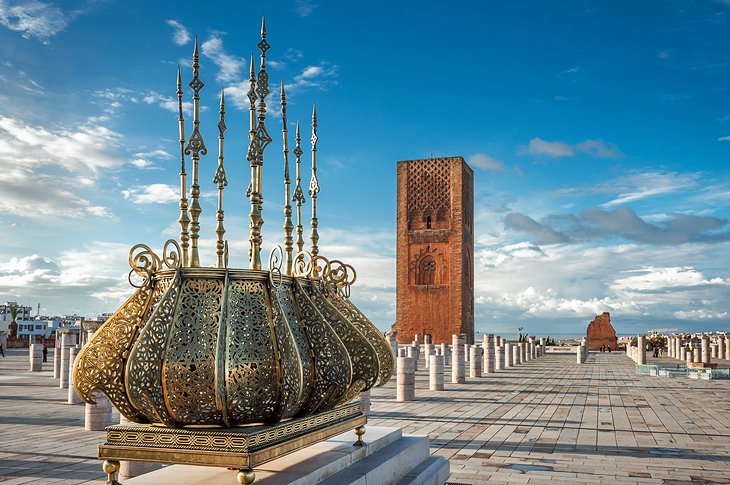
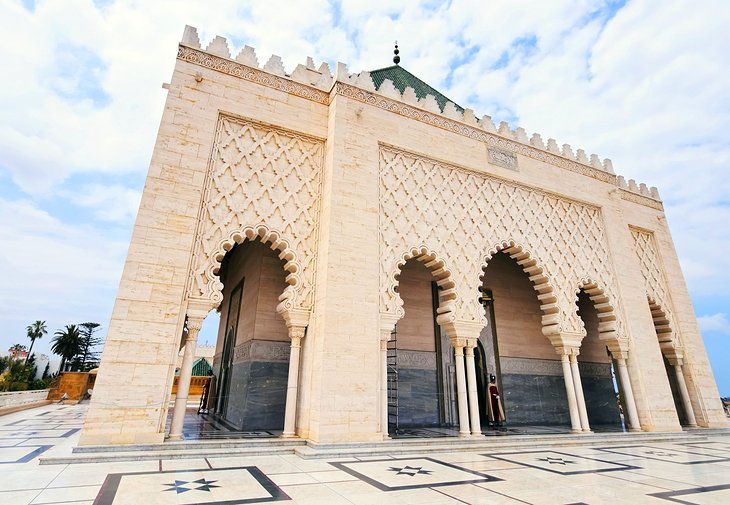
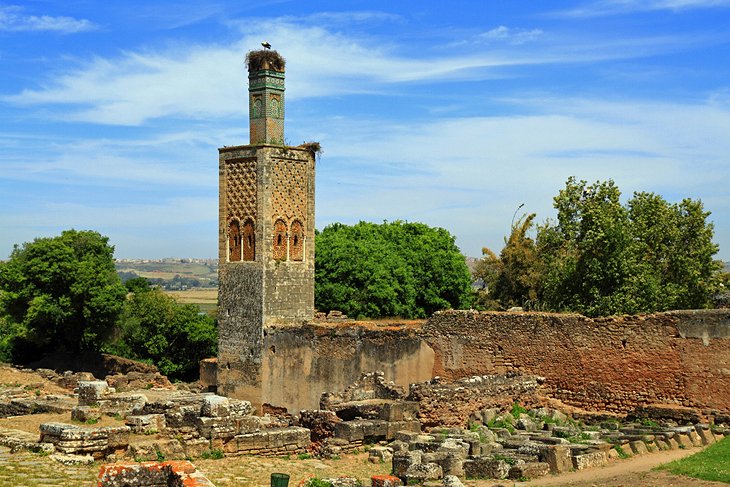

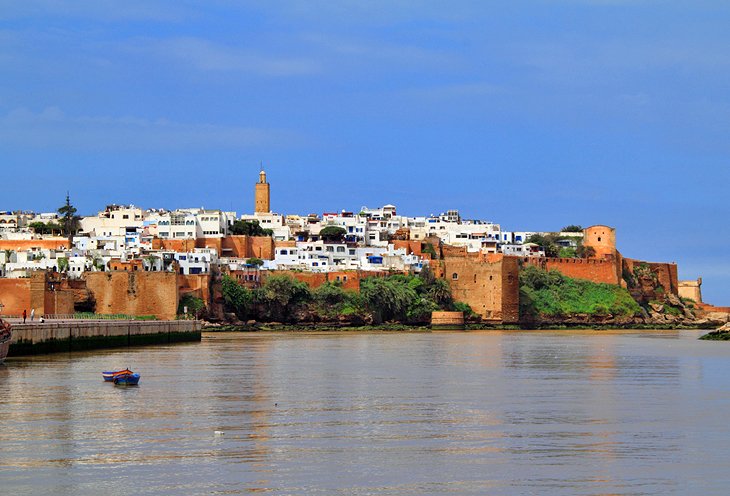
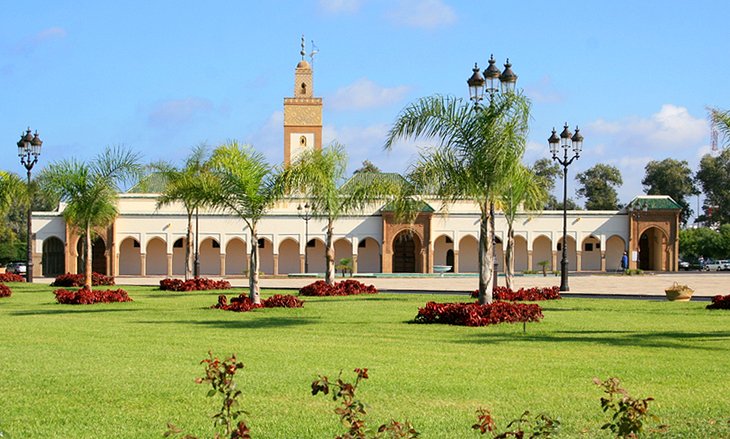
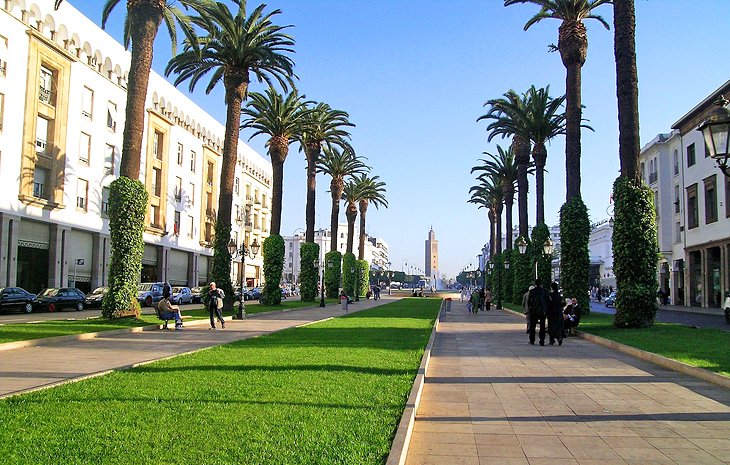
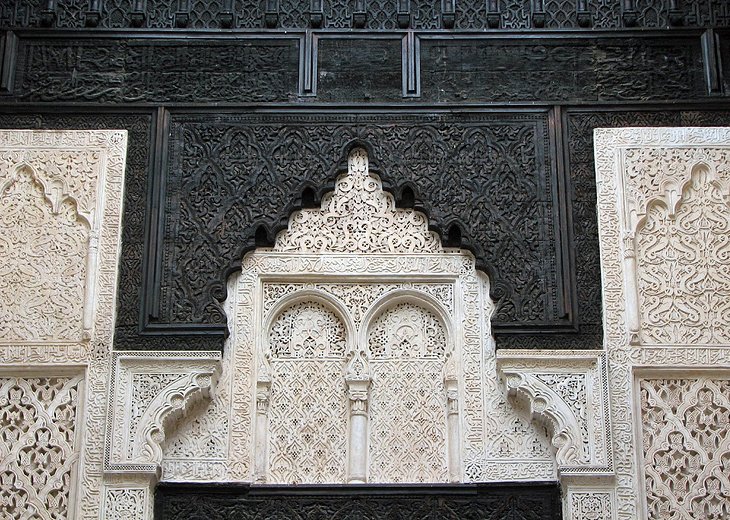
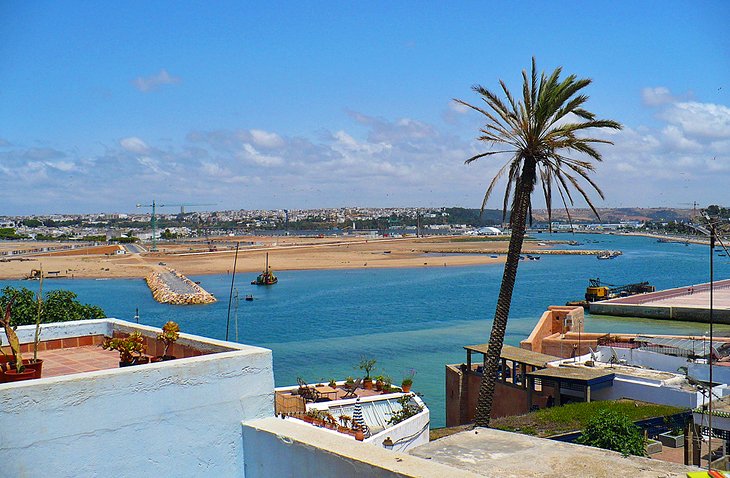
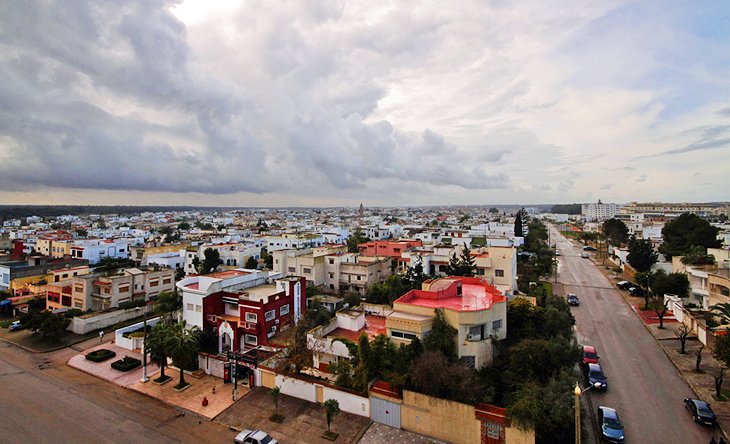
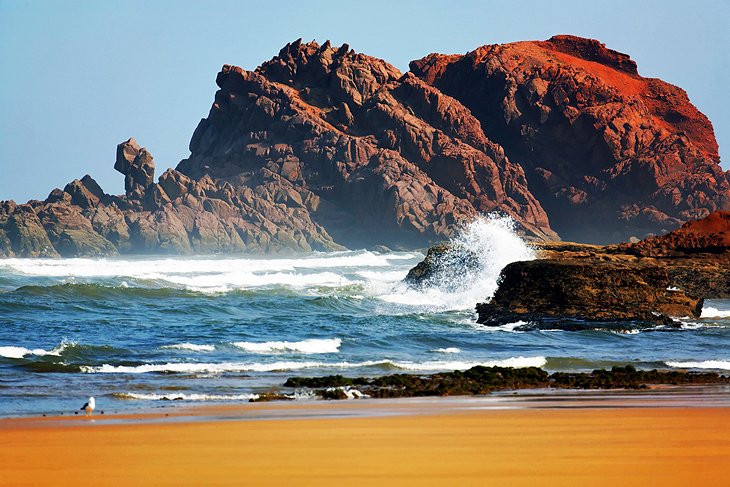
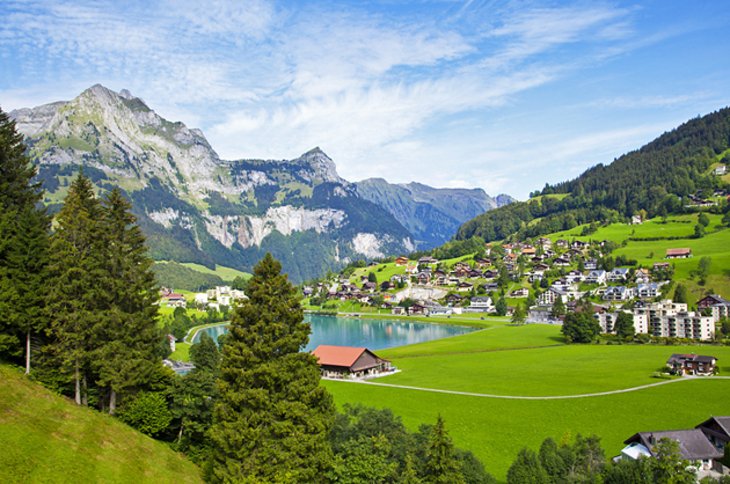




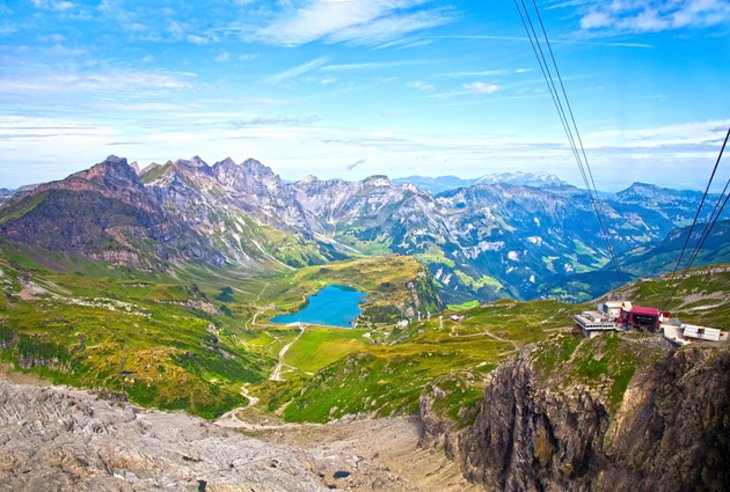 View from Titlis
View from Titlis
